8 Essential Plugins Every Music Producer Needs
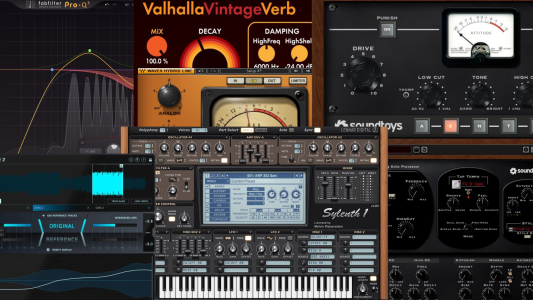
Every Digital Audio Workstation comes bundled with a ton of instrument and effect plugins. These default plugins are more than enough to get you started. More experience music producers however might want to take it one step further and invest in some essential plugins to improve their productions. That’s why I made this list of […]
Production Basics #22 – Transition Effects

In the previous part about music production basics, we’ve learned the basics of tension & release. It’s good to have contrasting sections in your music but sometimes you need to gradually change from one section to another. This is where transition effects come into play. What are transition effects? Transition effects in music production are […]
Production Basics #21 – Tension & Release
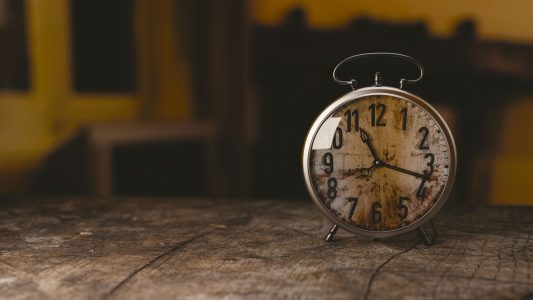
It doesn’t matter what genre you make. Keeping listeners interested is essential in all genres. Contrast is the most important tool you have at your disposal in keeping people hooked. People are always looking for patterns, breaking up those patterns will be unexpected and thus interesting. Music is supposed to ebb and flow. Let’s talk […]
Production Basics #20 – Mixing with Inserts v.s. Send Effects
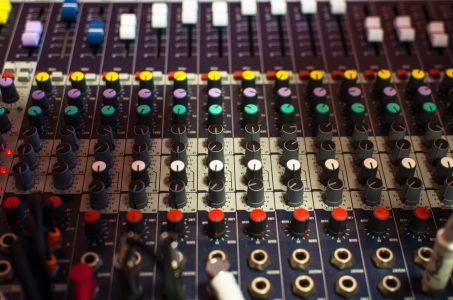
Now that you know a little bit about effects and how to use them, it’s time for some practical information on where to place them. Yes, there’s actually more than one position to put your effects. One is called an insert effect and the other is called a send effect also known as aux (auxiliary). […]
Production Basics #19 – Mixing with Distortion
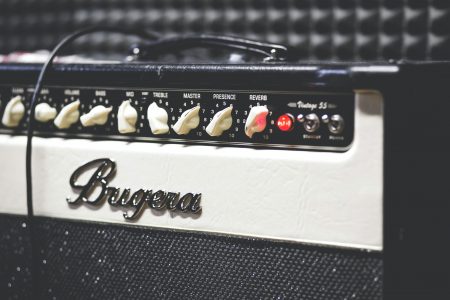
In part 14 of this series about music production basics, we’ve introduced distortion & saturation effects. If you ever listened to rock or metal music you know that distortion is used on guitars all the time. But did you know that distortion is used in almost all types of music? Especially modern genres like EDM […]
Production Basics #18 – Mixing with Modulation Effects
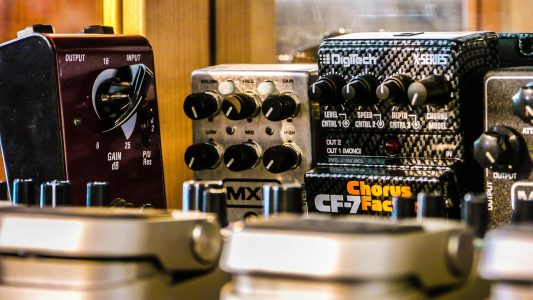
In part 14 of this production basics series, we’ve introduced a few modulation effects. A modulation effect is basically every effect that is automated over time. Modulation effects are powerful tools that can add movement and interest to a mix. Let’s look at some examples. Chorus As we’ve seen previously, phaser, chorus and flanger are […]
Production Basics #17 – Mixing with Reverb & Delay

In the previous parts, we’ve learned how to mix with EQ and compression. This time, we’ll get to know reverb & delay. In part 14 we’ve seen a quick overview of different reverb & delay types. Now let’s dive a little deeper into the various parameters we can use. Delay Most delay plugins have the […]
Production Basics #16 – Mixing with Compression
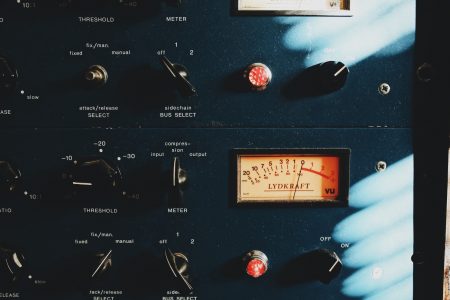
In production basics part 15 we’ve learned some things about one of the most important mixing tools: EQ. Another tool that is used all the time when mixing is compression. Compression is often overused and misunderstood. I hope this article will clarify the mysticality’s of compression a little bit. What is compression? As we’ve discussed […]
Production Basics #15 – Mixing with EQ
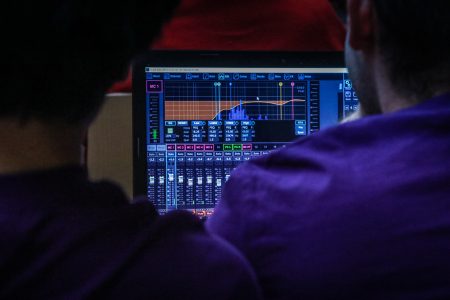
In part 14 of this production basics series, we briefly went over the different types of effects. In the next couple of articles, we will dive deeper into each effect category. Let’s start by looking at one of the most important plugins that exist: the equalizer. An equalizer is a powerful tool that is often […]
Production Basics #14 – Effects
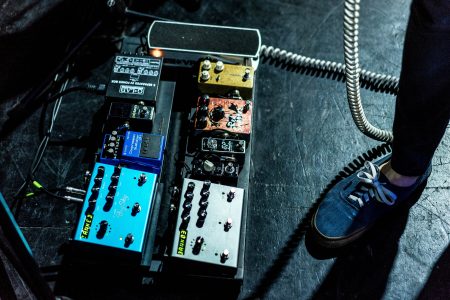
Effects are used everywhere in music production. Effects are found inside synthesizers, guitar pedals, and mixers. The sheer number of different effect types can be overwhelming. That’s why I want to give an overview of the different effects used in music production. The practical use of these effects will be covered in feature articles. Filtering […]
Production Basics #13 – Mixing
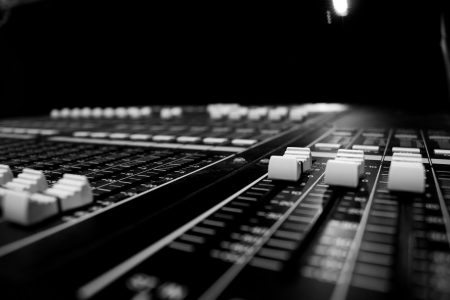
We’ve looked at music theory and synthesis so far. Now let’s look at mixing. Music producer and mix engineer used to be two completely different jobs. In fact, in traditional music, many people worked together to create an album. A songwriter would compose melodies and chord progressions while a lyricist would write the words, band […]
Production Basics #12 – Sampling
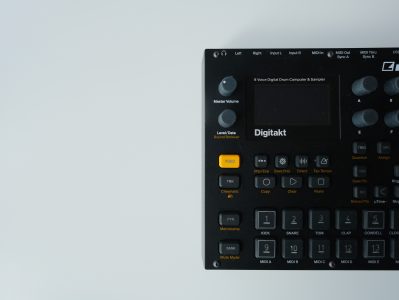
Samplers are powerful tools to play and manipulate short audio fragments. Whether it is a drum sample, chord, or vocal fragment. All kinds of audio can be tweaked to fit perfectly into your mix. Now that you know a thing or two about synthesis, using a sampler is not that much different. A sampler also […]
Production Basics #11 – Subtractive Synthesis III
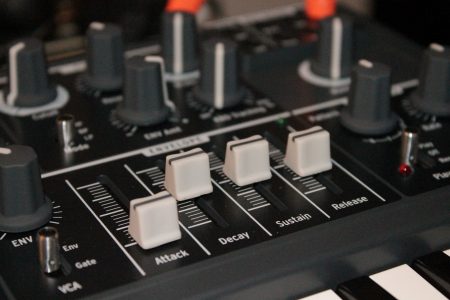
The signal flow of a subtractive synthesizer as we’ve seen so far is oscillator > mixer > filterWe will continue to follow the signal path with one last part: the amplifier. Amplifier The amplifier, also known as Voltage Controlled Amplifier (VCA), is used to control the volume of a subtractive synthesizer. If you would listen […]
Production Basics #10 – Subtractive Synthesis II
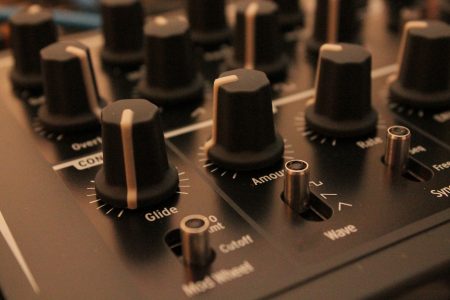
Let’s continue down the signal path of a subtractive synthesizer. In part 9 we got some insight into oscillators and other common parameters. In this part, we’ll discuss filters. But first, let’s talk quickly about the mixer. Mixer Since most synthesizers have multiple oscillators, we need some way to sum all outputs together. This is […]
Production Basics #9 – Subtractive Synthesis I

In part 8 of this production basics series, we’ve introduced some synthesis techniques. Before we dive into advanced synthesis techniques we will start with the basics. Subtractive synthesis is used in 90% of the synth’s you’re likely going to use and isn’t that difficult to understand. We will look at all the parts that go […]
Production Basics #8 – Basics of Synthesis

Synthesizers play a huge role in electronic music production. Synthesizers basically defined electronic dance music. In the next couple of articles about music production basics for beginners, we are going to dive into synthesis. With hundreds of synthesizer plugins and more being developed every day, we’ve got a ton to learn. Fortunately, we don’t have […]
Production Basics #7 – Arrangement & Form
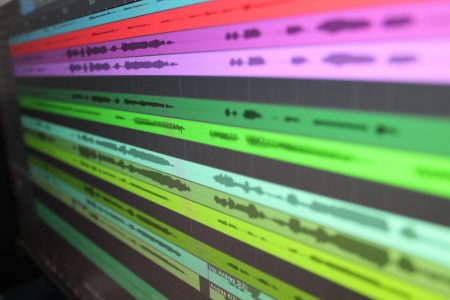
Now that you know everything about rhythm, chords, and melodies. Let’s look at how to mold those ideas into a 3 minute and 30-second track. Form Form or structure describes what parts go into a song and in what order. A typical song structure is as follows: Verse A > Verse B > Chorus > […]
Production Basics #6 – Chords
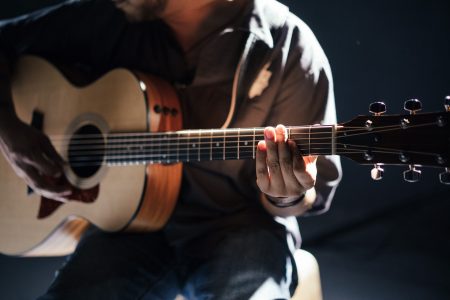
We’ve covered the basics of rhythm, scales, intervals, and melodies so far. Today we’re going to talk about chords and chord progressions. What is a chord? And what chords can I use? What is a chord? A melody is made up of succeeding notes played one at a time, which is also called monophonic. A […]
Production Basics #5 – Melody
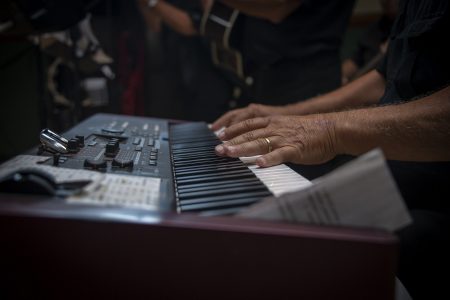
In part 3 of this production basics series we’ve talked about scales and in part 4 we’ve looked at intervals. With both concepts explained we can now start writing our own melody. What is a melody? A melody is a phrase consisting of succeeding whole steps, half steps, and intervals using a certain rhythm. A […]
Music Production Basics for Beginners

In this series called music production basics, you will learn the fundamentals of music production in 22 articles. What is this course all about? This course is for people new to music production, who might have opened a DAW before but need some guidance on where to start. This blog series isn’t going to explain […]


